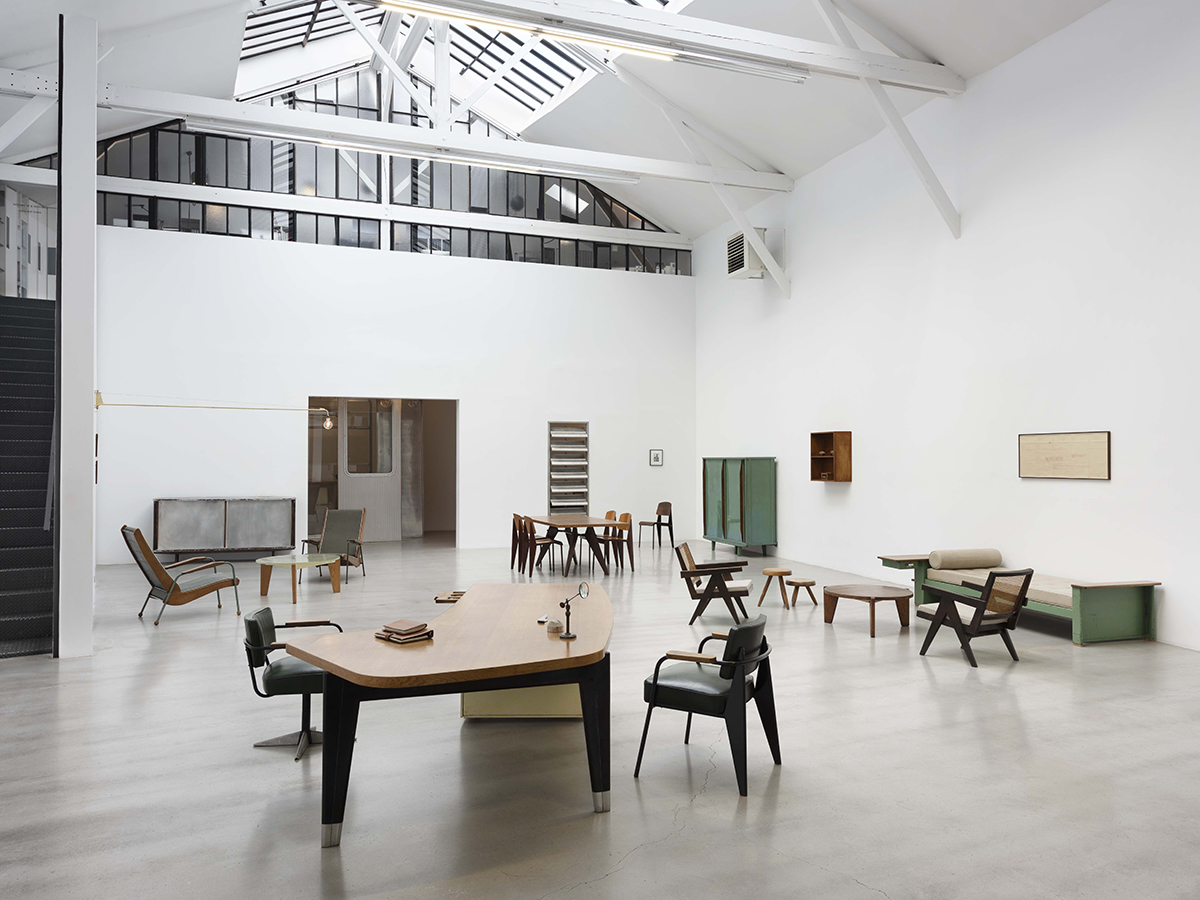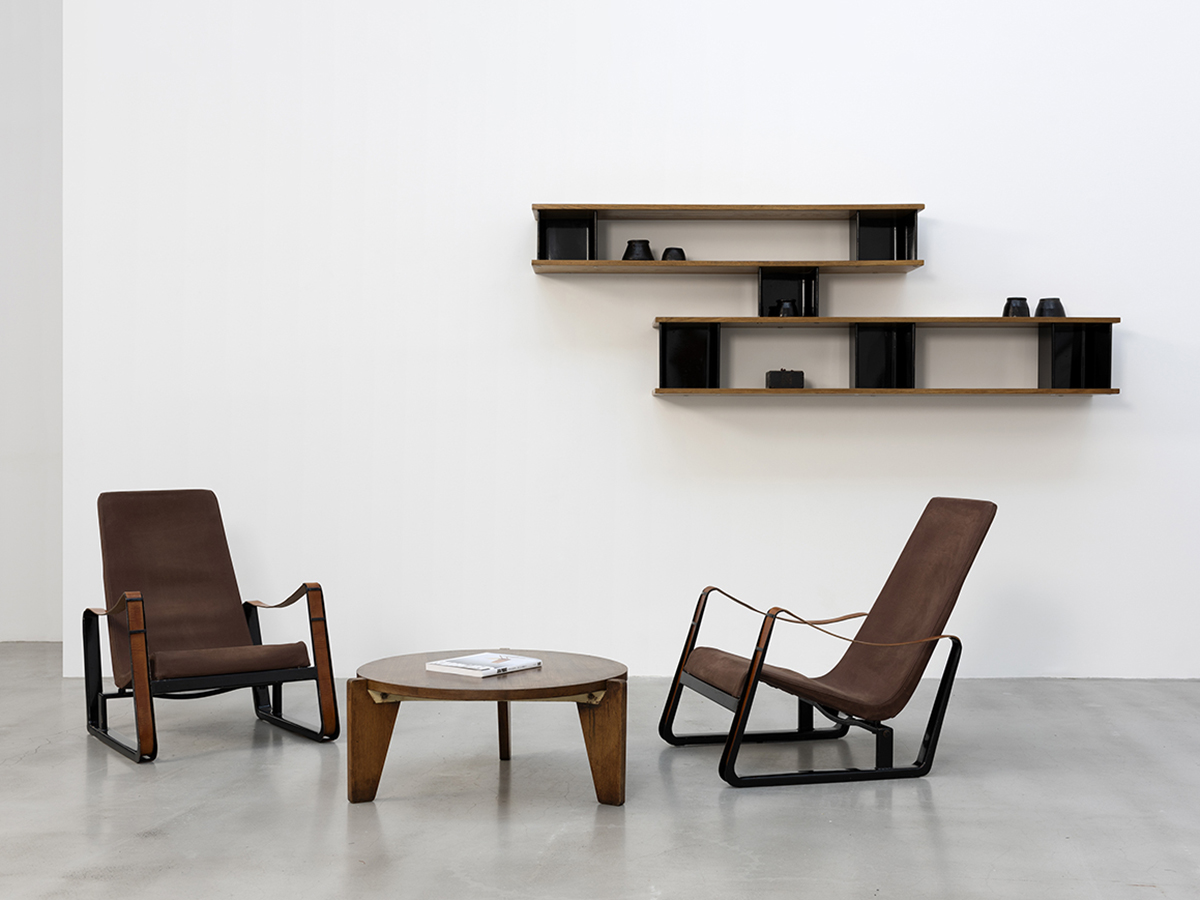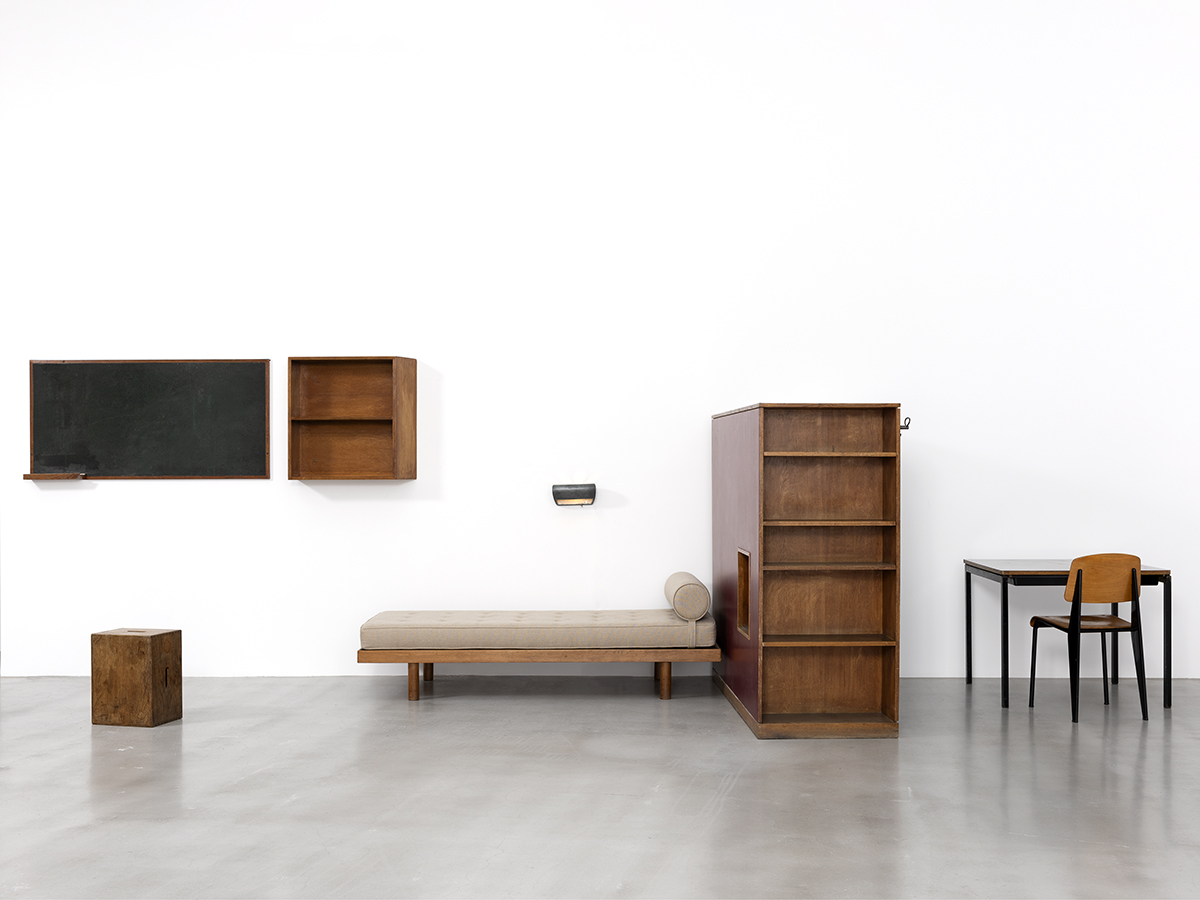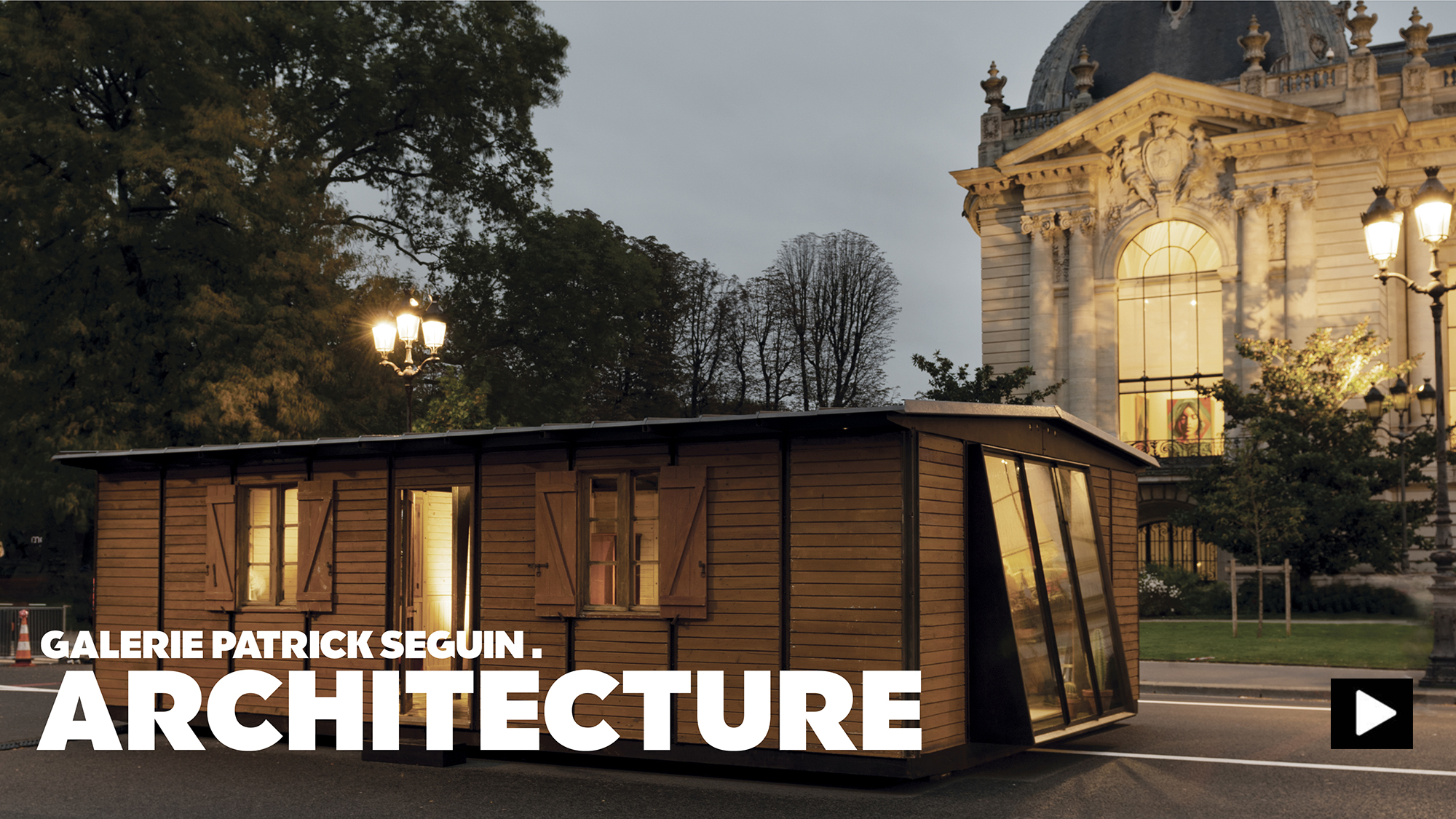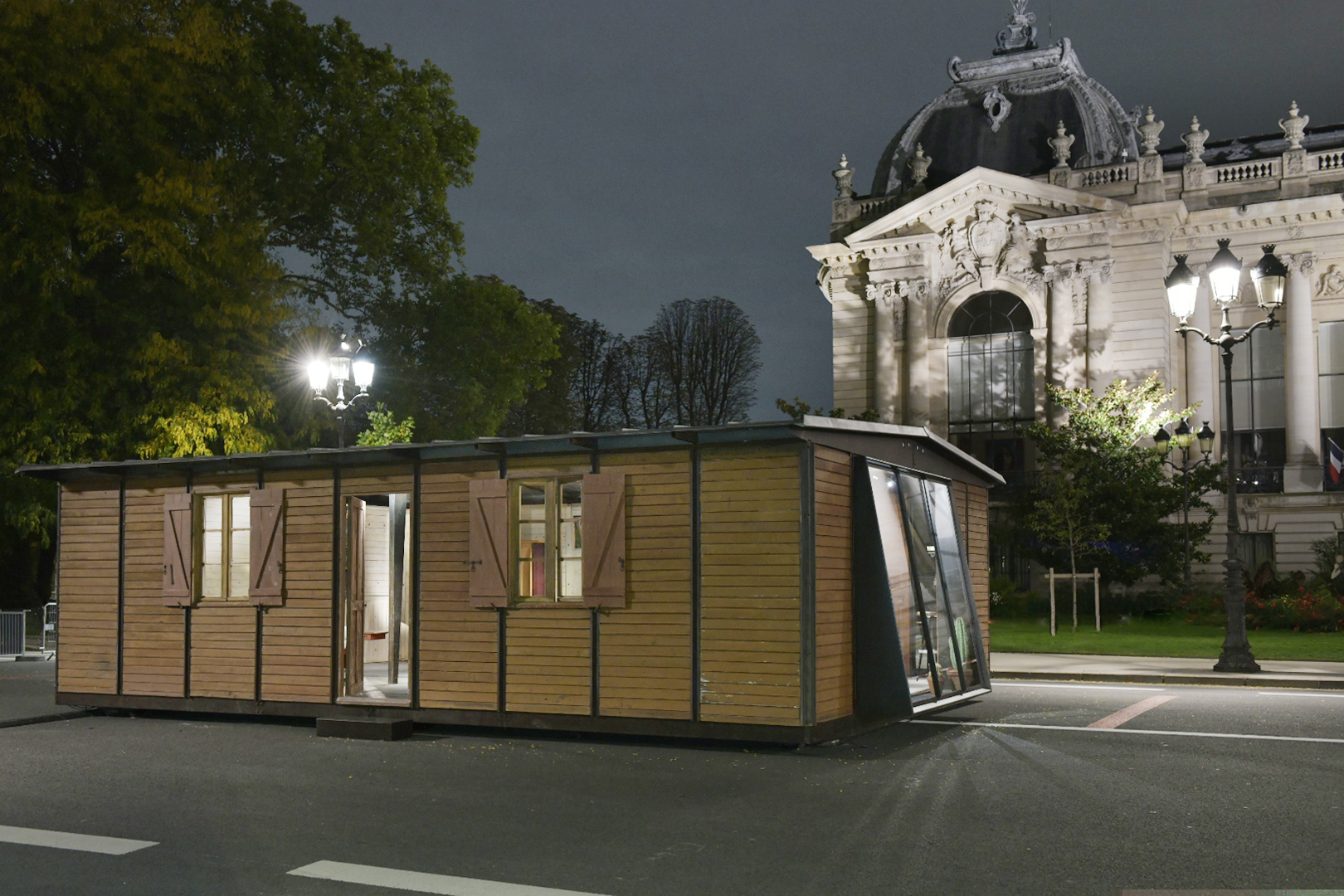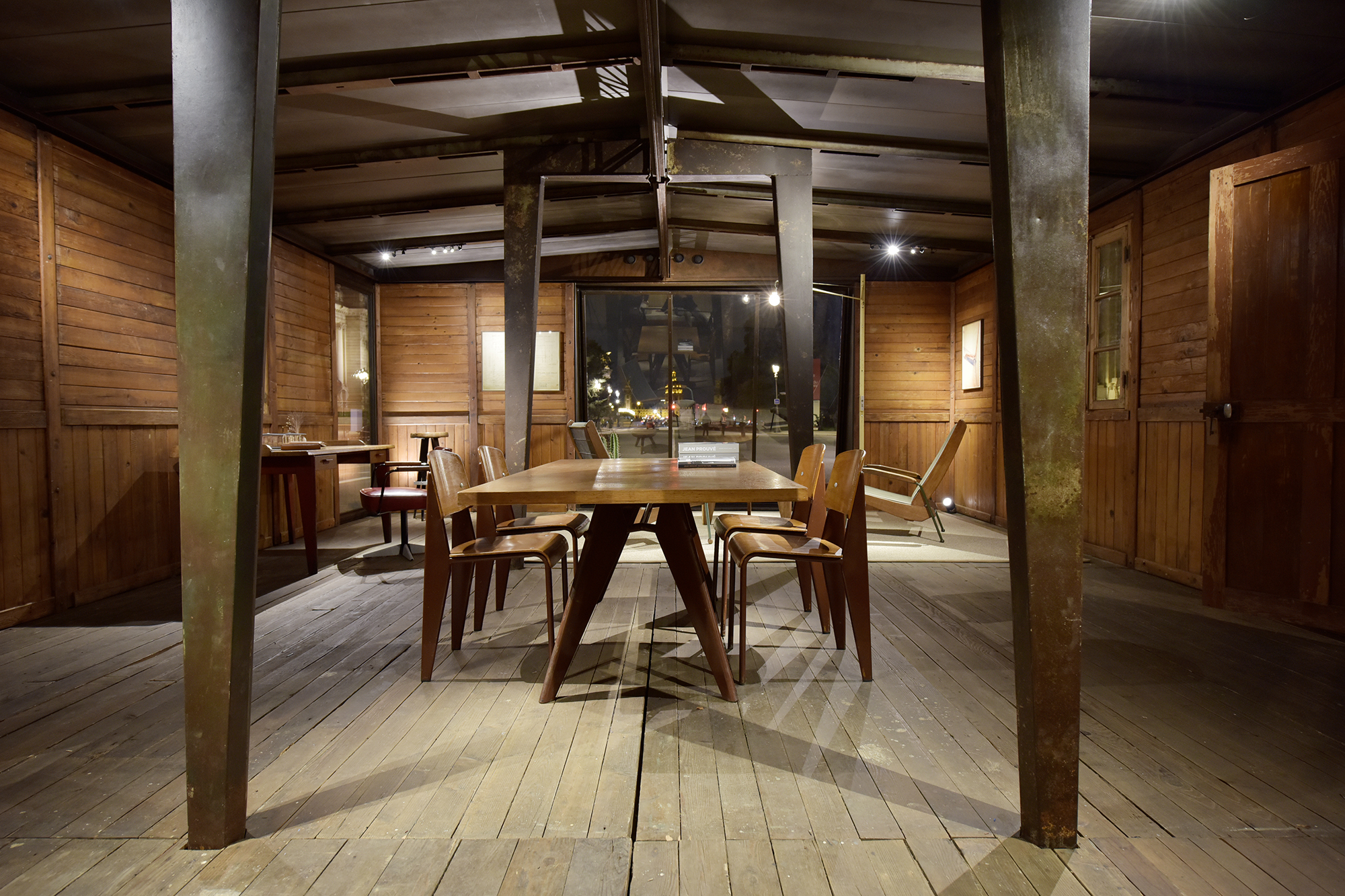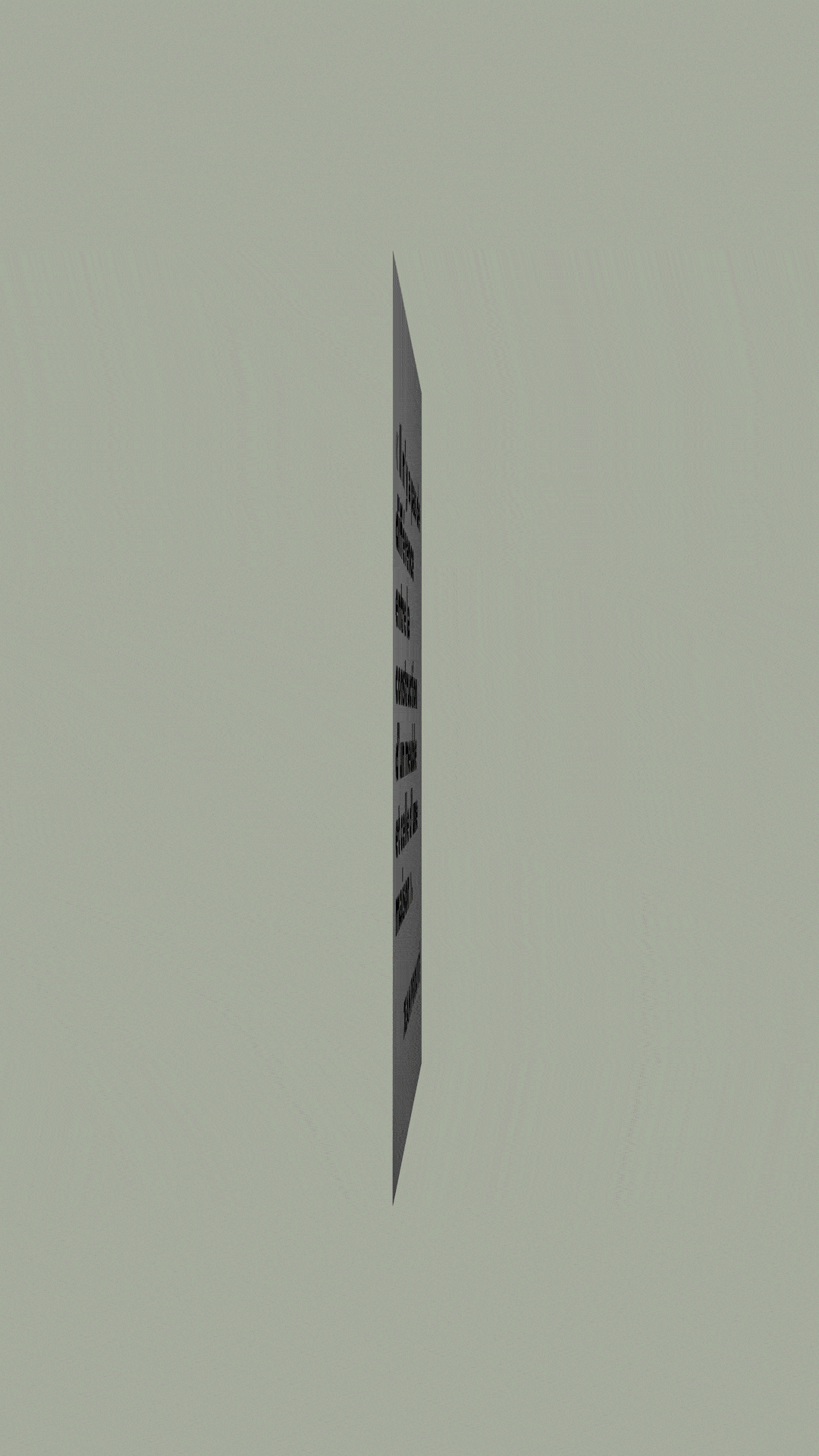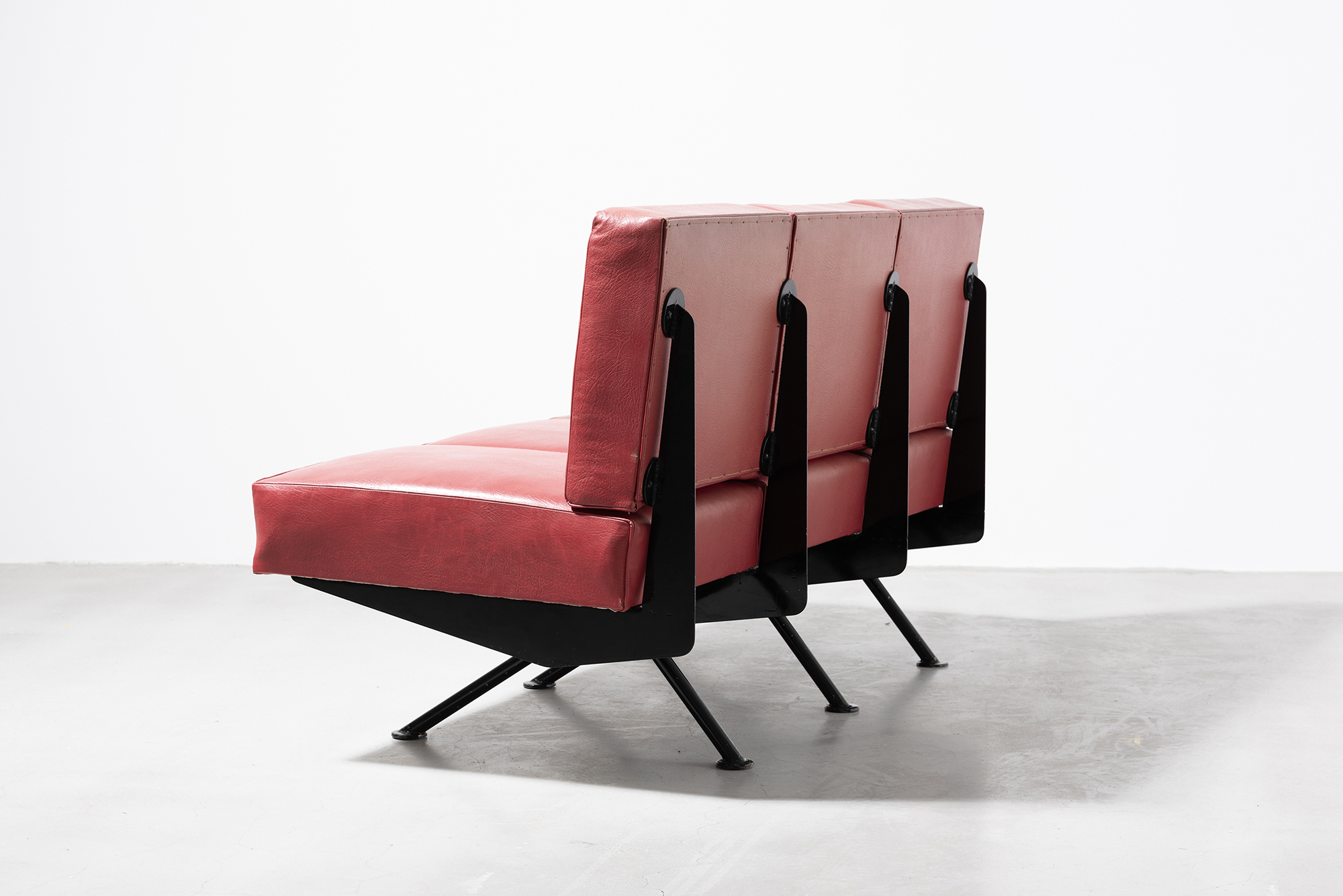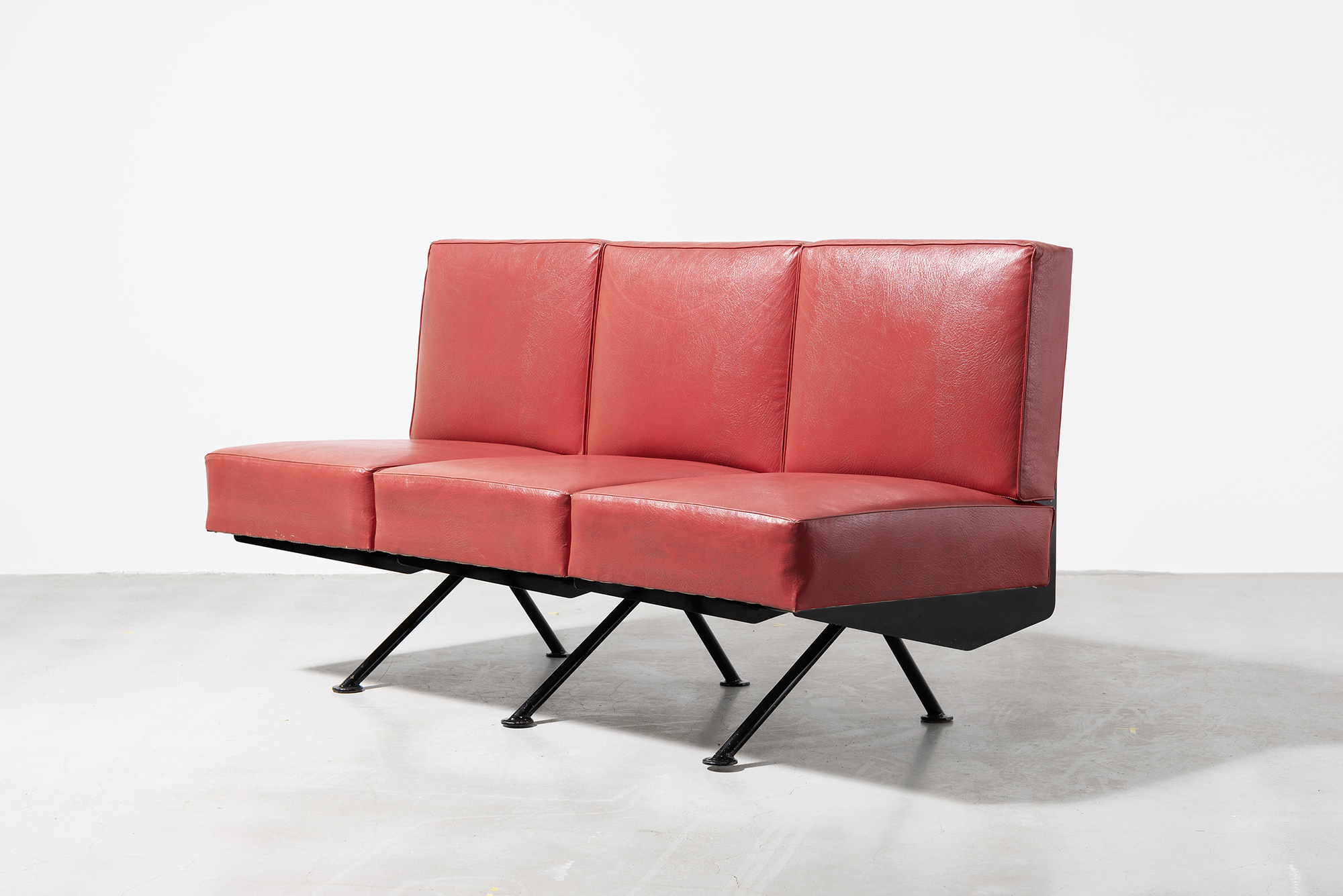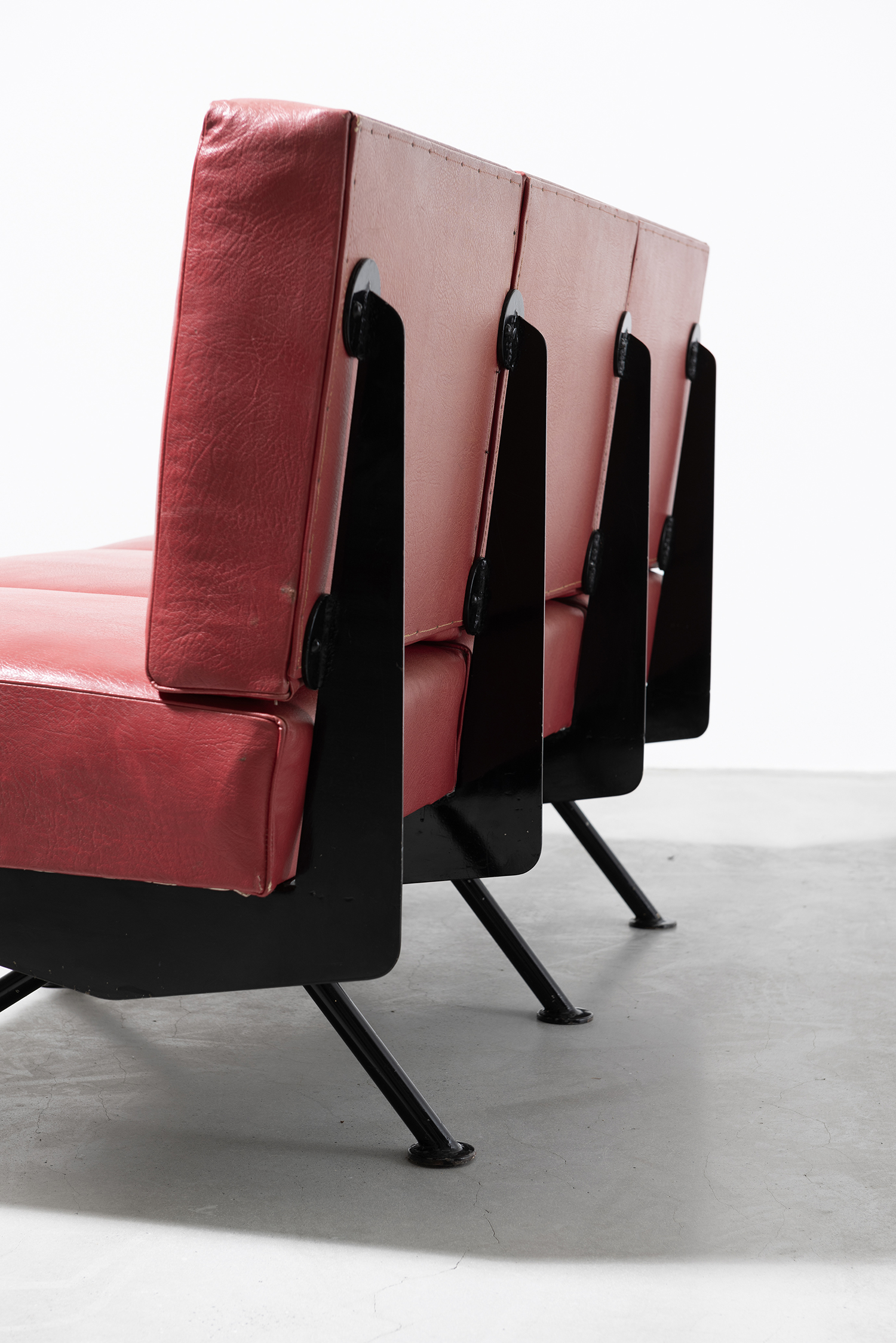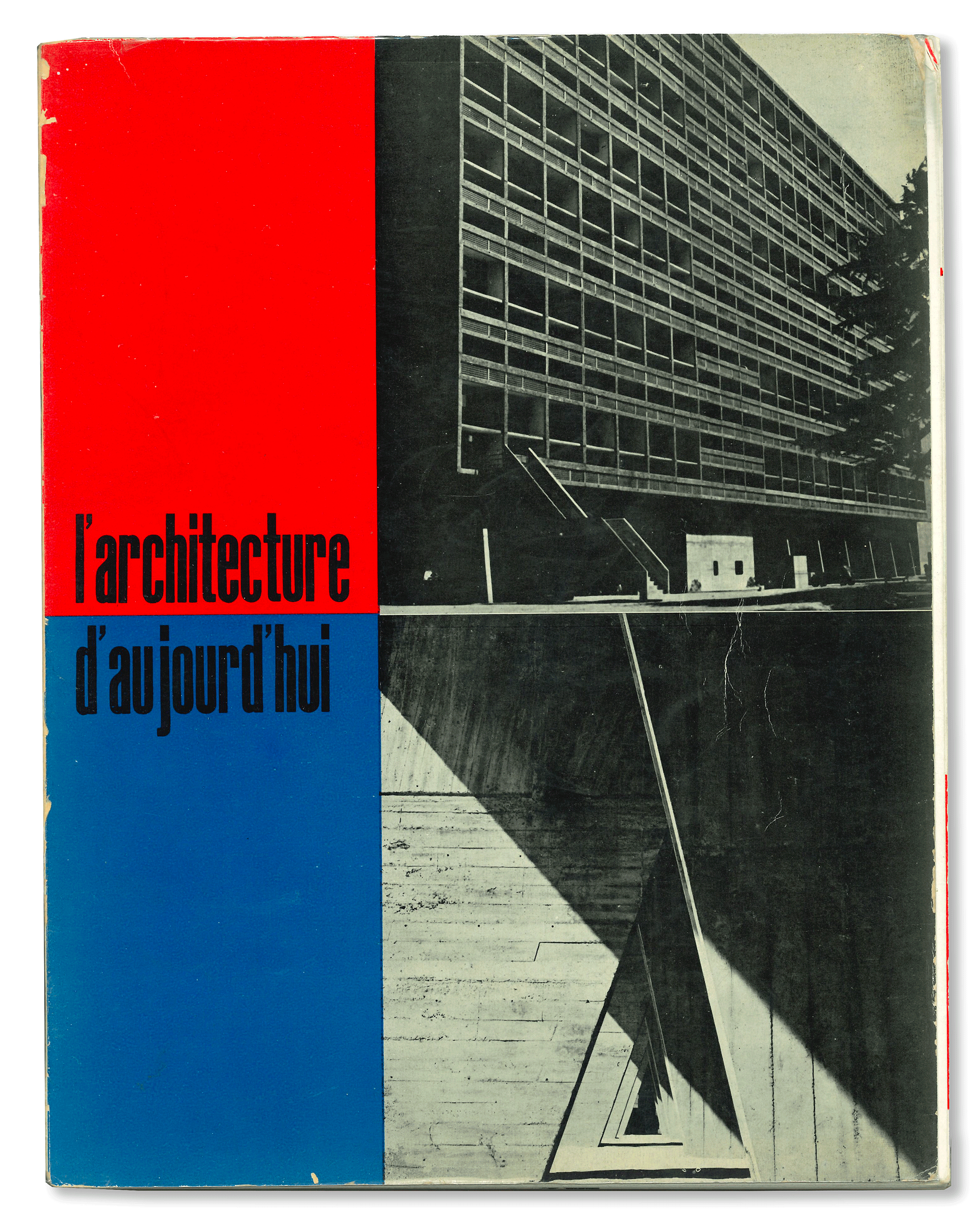During DESIGN MIAMI. Paris, GALERIE PATRICK SEGUIN will exhibit a selection of iconic chairs and armchairs by JEAN PROUVÉ. Spanning more than twenty years of design, this thematic show will highlight the various typologies of seating designed by the constructor during his career.
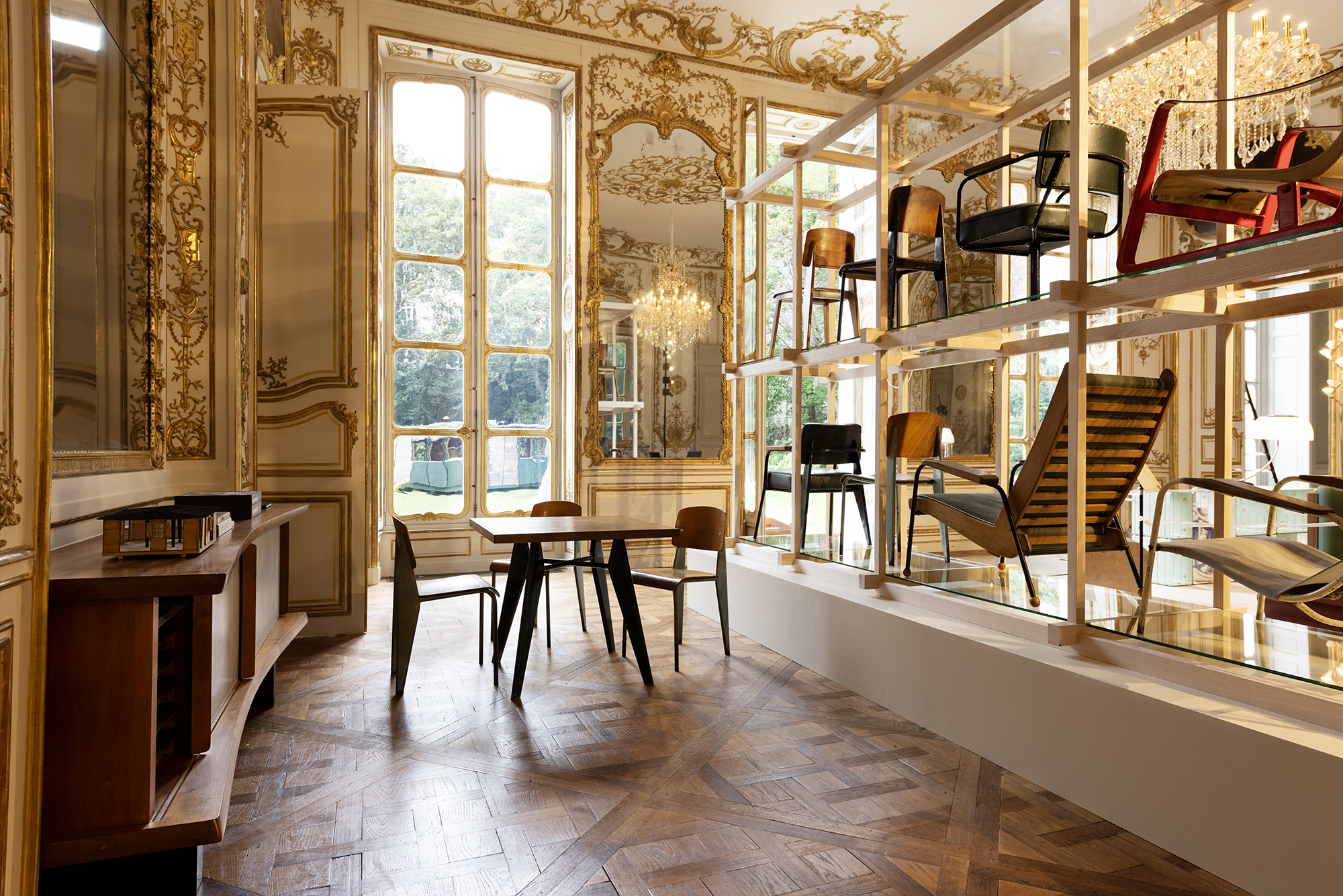
From the creation of his first chairs in 1934, Jean Prouvé never stopped adjusting, improving and adapting his seating designs in line with changing requirements and technical innovations.
In 1947, based on studies conducted during the War, he presented one of the first examples of “kit” furniture. The CB 22 chair, which is made up of two solid wood side/leg pieces held together by a pair of threaded rods housed in metal tubes, was designed for the Meubles de France competition. Fully demountable, this model is a perfect illustration of Jean Prouvé’s “constructive thinking”, rooted in a logic that is rational and functional.
Designed in 1950, the iconic Métropole chair embodies the fruits of his research into the design of a chair that was both light and robust. To achieve this, he combined rear legs in bent steel “of uniform strength” to support the backrest, with narrower, tubular front legs supporting the seat.
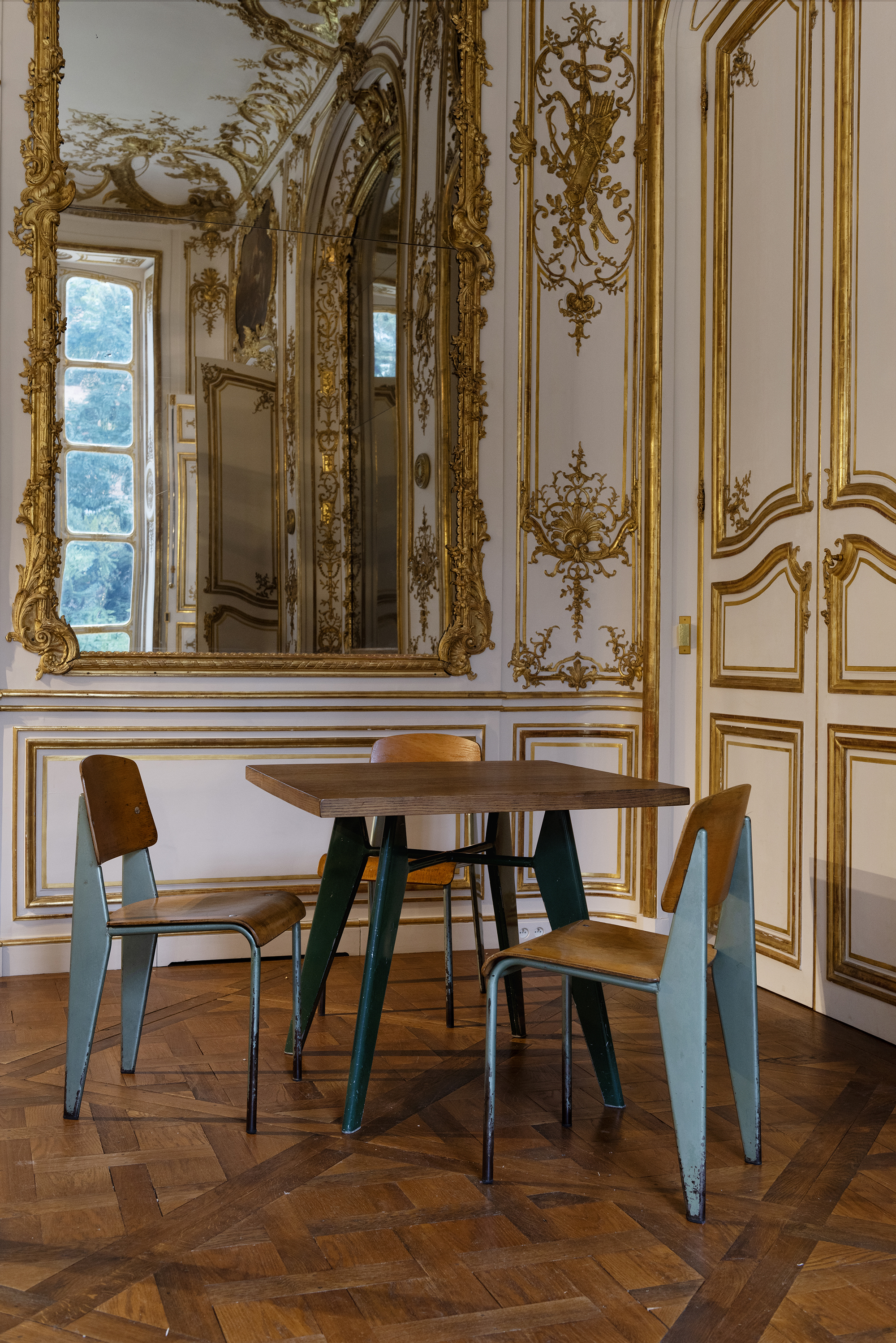
These innovations also included the design of seating for export. In 1951, in the context of post-War change and reconstruction, Air France set out to conquer air travel and opened a flight between Paris and Brazzaville (Congo Republic). In a bid for modernity, the company commissioned Jean Prouvé and Charlotte Perriand to design the interiors of the residence housing its expatriate staff members.
With its simple curving lines, the Tropique no. 351 armchair is characterized by its steel and aluminum tube structure covered in cotton canvas.
The Cafétéria no. 300 chair, which was produced in several different variants, shows its demountable nature by leaving the assembly details deliberately visible.
Alongside his designs for the domestic market, Jean Prouvé developed other types of seating, specially designed for offices and public institutions. The Direction no. 352 chair, and its swivel version, the Direction no. 353, both provide remarkably comfortable seating. While the static model sits on a metal frame with tapered rear legs, the swivel version is characterized by a central base with cross-shaped foot in diamond-embossed aluminum sheet.
DESIGN MIAMI. PARIS
October 15 – 20, 2024
Hôtel de Maisons
51 rue de l’Université, 75007, Paris
Room 1

